
Entheos Academy – Neil Fiore – How to Conquer Procrastination & Optimize Your Productivity
Description
Entheos Academy – Neil Fiore – How to Conquer Procrastination & Optimize Your Productivity [WebRip – 1 MP4]
The Fiore Productivity process will move you beyond procrastination, perfectionism, and workaholism to a powerful focus on the top priorities that will change your life.This process will show you how to get focused, get unstuck from procrastination, and gain access to more of your brain-cell power, saving you time while improving your productivity.
The Top 10 Big Ideas
1 Use Choice to Get Unstuck from Procrastination If you feel stuck and lack motivation, you are most likely caught in an inner conflict between two primitive parts, “You have to” versus “I don’t want to.” Think of it as driving with the brakes on or pushing your two fists together. You can’t move and you feel stuck because you have split your energies into an authoritarian voice struggling with a rebellious, resistant voice. But you can break free when you shift to choice, a third place that is neither “want to” nor “have to.” The ability to choose surgery, college courses or training, exams, or to complete your income tax only exists in your human brain. Notice the release of energy and power in moving from “I have to take that exam for the sixth time” to “I am taking it, will take the exam, am choosing to take the exam on that day, and I demand my right to take the exam for the sixth time.” Think about the conscious choices you made today: choosing what to eat and what not to eat and when to stop eating. Which brain was in charge: the part of you that wanted more or the part of you that’s committed to a healthy diet? Every choice strengthens the communication lines, or “neural pathways,” between your higher human, thinking brain and your feeling, mammal, brain. Each conscious choice puts the real you in charge of your life.
2 Don’t Wait to Feel Motivated—Show Up and Start Revolutionary idea: You don’t have to wait for your ego to feel secure, confident, motivated, and all-knowing before YOU choose to suit up and show up. Choosing to face fears, doubts, and the risks of investing in your work is a human brain executive function. When you live from Choice rather than “want” or “have to” you don’t have to wait for your ego to feel motivated and confident. Motivation and confidence are irrelevant to your leadership role of choosing to start. You don’t have to feel confident that you can finish; you can just show up and start for five minutes to break through inertia and to get on to momentum.
3 Create a Sanctuary Free of Criticism and Threats [Can you walk a tightrope or plank without a net? Can you do it with a strong safety net?] Think about a project you are telling yourself you have to complete. If you are in the habit of criticizing yourself and threatening yourself with guilt and shame for procrastinating or pressuring yourself with an endless list of To Do’s, you are asking your body to go into solitary confinement with a critic for a life sentence. You might start to feel: “It’s never good enough. There’s always more work and I never get praise, only criticism.” Your mind can’t focus if you’re threatening yourself with shame, criticism or feeling overwhelmed. It needs to know that it’s safe to think and safe to shut off the stress hormones that are triggered by messages of danger. If, however, you commit to creating a work environment safe from self-criticism you are inviting your mind and body to take a brief vacation with nothing else to do but focus on one task for 15 to 30 minutes. Just like the safety net of acrobats – that permits them to focus on the task of walking a tight rope wire dozens of feet above the ground – your psychological safety net allows you to focus and become productive because you’re not worrying about making mistakes.
4 Schedule Fun First then “Billable Minutes” When you look at a blank schedule of your week you’ll see there are 168 hours [7 days times 24 hours/day]. (See my website www.neilfiore.com for copies and examples.) The Un-schedule strategy states that first you schedule, sleep, play, social activities, meals, exercise, commuting and meeting times. Notice how much time you have to work [168 – 56hrs. for sleep = 112 – 21 for meals and cooking = 91 – minimum of 4 hours of exercise = 87 hours – 8-12 hours of social time = 79 to 75 hours left to work, etc.]. You can live a full, balanced life and still have enough time for a full-time job plus a part-time job or hobby, like writing a book or learning to play the guitar. Once you schedule your play (and all non-work time)—and make it legitimate by actually putting into your schedule—your subconscious mind will relax its resistance to work and become eager to get started in order to get on to the good stuff. Next, use your “Un-schedule” to keep a record of what time you start to work on a task and when you stop. Take credit for only those segments of work (“Billable Minutes” similar to what lawyers use to bill their clients) that are uninterrupted and focused. [Consider setting a timer for 15 or 30 minutes.] Your “Billable Minutes” might average about 30 minutes several times a day on top priority projects [example: 30 to 60 minutes before lunch; 30 to 60 minutes before meetings; 30 to 60 minutes before dinner; and, if you wish, 30 to 60 minutes before going to bedtime]. If you total approximately two hours a day on a top priority project you’ll have 40 hours per month of quality work, totaling over 400 hours a year, which could be enough to learn a language or musical instrument or paint a room and make a major positive change in your work and personal life.
5 Replace the Language of Procrastinators with the Language of Producers The Language of Procrastinators says: “You have to finish all this work; have to do it perfectly; suffer with no fun in your life; and your worth will be judged.” Does that motivate you to work or does it cause you to procrastinate? All six phrases will guarantee that you procrastinate but to feel resistant, stressed, over-whelmed and anxious, it is enough to simply tell yourself “You have to finish.” The Effective Leadership Language of Producers proclaims: “I choose to start for 15 minutes (or one small step on one task); on a rough draft; with plenty of fun in my schedule; and my worth as a person is safe from judgment.” Each of the six statements of procrastinators can be used to trigger a corrective action phrase of producers. Use your old default phrase to remind you to quickly shift to corrective action. Old Default Reminds you to use Corrective Action 1. “you have to” shifts you to I CHOOSE TO 2. “finish” points to when to START 3. “all this work” focuses you ON 1 SMALL STEP/15min 4. “do it perfectly” switches you to A ROUGH DRAFT 5. “suffer with no fun” reminds you to put FUN IN MY SCHEDULE 6. “your worth will be judged” changes to YOUR WORTH IS SAFE Use each of your typical (“default”) phrases—for example, “I have to”—to quickly shift you to the corrective action and the language of producers (for example, “I choose to”). Use your old symptom to trigger the cure. This is one of the fastest ways to change and improve efficiency and productivity.
6 Use the Power of Presence to Optimize Productivity Take at least three deep breaths in three parts: 1. Inhale; 2. Hold your breath while tightening your muscles; 3. Exhale, release your muscles, and float down into the support of the chair, the floor, or the bed. Exhale away thoughts about the past and thoughts about the so-called future and float down into the feelings of support and connection in the present. Notice how the chair holds you – representing your connection to the laws of the universe that support you in this moment, as if communicating: “You are not alone. You can let go of struggling to be in any imaginary time and experience the ease of this moment, the only moment there is for you to feel effective, powerful, and productive.”
7 Develop a Clear, Compelling Vision Make the steps to your goal a passionate magnetic path that pulls you in from distractions, self-doubt, and fear. This is the compelling path to your higher values and goals. See it, feel it, and hear it so strongly that it keeps you on track of living from your higher, awakened self and away from old habits, fears, and limited ways of coping. You might, for example, commit to living from Choice rather than “have to” versus “don’t want to;” from Inner Peace, free of self-threats, rather than self-criticism or worry; from Safety rather than stress; from Gratitude rather than complaining. Your clear vision could be a commitment to ethical behavior, integrity, empathy for others, and respect for your partner and co-workers. You could say: “I commit to protecting my body and health from toxic substances – such as sugar and tobacco – and negative habits such as procrastination, workaholism, and perfectionism.” When you are tempted by an old habit or addiction you might ask yourself the question posed by Shakespeare’s Hamlet: “To be, or not to be?” Does this thought or action contribute to my being more fully alive – to my health, well-being, and aliveness – or does it detract? Whenever you slip into old patterns use your commitment to your mission to serve as a powerful magnetic path that pulls you toward taking “Corrective Action,” quickly shifting you from old defaults to healthy alternatives.
8 Use Priorities & Pareto to Do the Right Work If you overwhelm yourself with internal directives such as “I have to finish all this work” then you can benefit from using Pareto’s Principle, called The 80-20 Rule that states that 20% of the crops, clients, or goods bring in 80% of the benefit; studying the most valuable 20% of the material in a course will yield a grade of 80. It therefore makes sense to prioritize and to start with the most valuable 20% of any project rather than attempting to do everything or to constantly work on the most urgent but lower priority tasks, commonly called “putting out fires.” As much as possible make it a habit of starting on your top priority projects first for 15 to 30 minutes and follow it with lower priority or urgent tasks. Top priority, high-payoff projects are generally characterized as: Directly related to your goals and mission; May be unpleasant or difficult; Will require persistent effort to complete; Involve risk; and Have the potential of advancing your career. Setting your priorities involves knowing your goals and mission and accepting that you are human and can’t do everything. That’s why we have “triage” that, similar to Pareto’s Principle, divides duties or casualties into thirds – the first third that will survive with minimal treatment, the middle third that could benefit from more extensive care, and the last third that are not likely to benefit from care and the use of scarce resources. Workaholics typically don’t use either method but are always busy and tend to avoid facing the top-priority, most important tasks.
9 Replace Perfectionism with Task-Focus to Double Productivity You can stop procrastinating and double your productivity by focusing – like a peak performing athlete – on what you can do now. Shift your focus from “Why do I have these problems? What’s wrong with me?” to “What can I do now?” Shift from “Why?” to “What and How?” Shift from psychoanalysis to taking action on the task. You can cut your workload in half by doing what’s possible instead of trying to be perfect so no one could criticize you. Focus on the requirements of the task rather than defending against anticipated criticism. Doing a perfect job—free of mistakes and invulnerable to criticism—is impossible; and the attempt takes two to four times longer than doing excellent, good, or adequate work in the time available.
10 Tell Your Mind and Body When to Start If you’re in the habit of using “have to,” “should,” “need to” when talking to yourself, you probably feel a sense of obligation, overwhelm, and resistance. To move to efficient action, communicate to your mind and body (your workers) a clear image of when, where, and on what to start. You’ll significantly improve your effectiveness as a manager and your productivity. Notice how, “Pour the foundation at 9AM Wednesday at 322 Garfield Ave.” is a clearer and more actionable direction than “You have to finish construction on this house by next month.” Knowing specifically when you are choosing to start eliminates anxiety about finishing and resistance to “have to” messages.
Preview Information:
Original Page
Archive Page
Entheos Academy – Neil Fiore – How to Conquer Procrastination & Optimize Your Productivity Available now at Coursecui.com
Entheos Academy – Neil Fiore – How to Conquer Procrastination & Optimize Your Productivity Download, Entheos Academy – Neil Fiore – How to Conquer Procrastination & Optimize Your Productivity Available Now, Entheos Academy – Neil Fiore – How to Conquer Procrastination & Optimize Your Productivity Order, Entheos Academy – Neil Fiore – How to Conquer Procrastination & Optimize Your Productivity Reviews, Entheos Academy – Neil Fiore – How to Conquer Procrastination & Optimize Your Productivity Torrent, Entheos Academy – Neil Fiore – How to Conquer Procrastination & Optimize Your Productivity Course Download, Entheos Academy – Neil Fiore – How to Conquer Procrastination & Optimize Your Productivity ClubBuy, Entheos Academy – Neil Fiore – How to Conquer Procrastination & Optimize Your Productivity Groupbuy
More Course:EVERYTHING ELSE
Outstanding Course:The Language of Data Executive Briefing


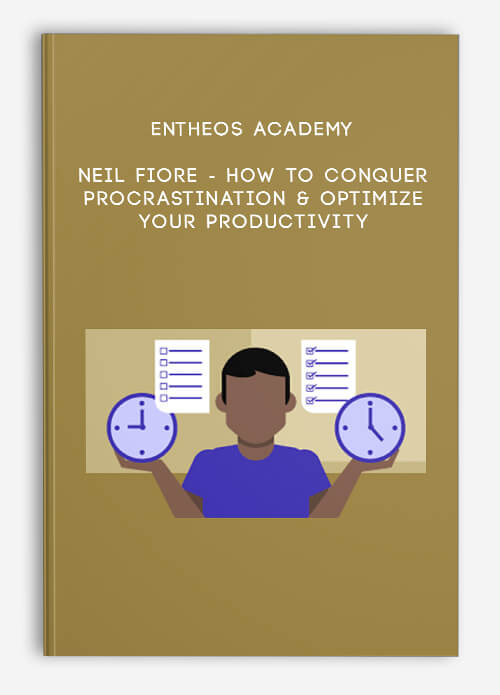

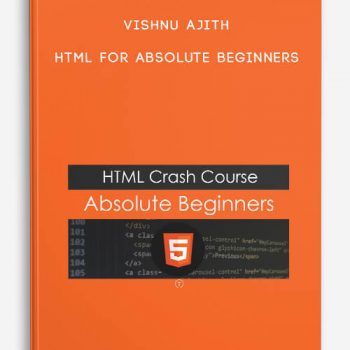
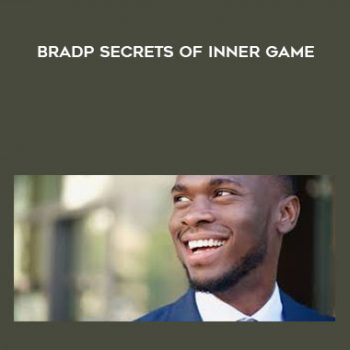


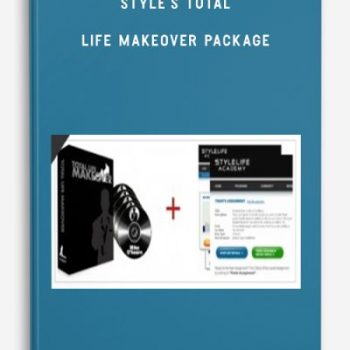
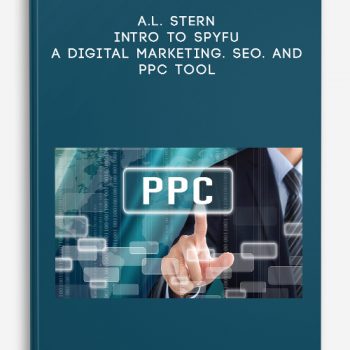
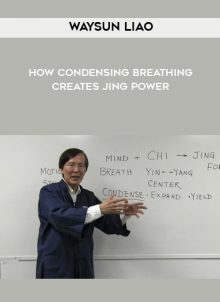


Lord –
This is Digital Download service, the course is available at Coursecui.com and Email download delivery.